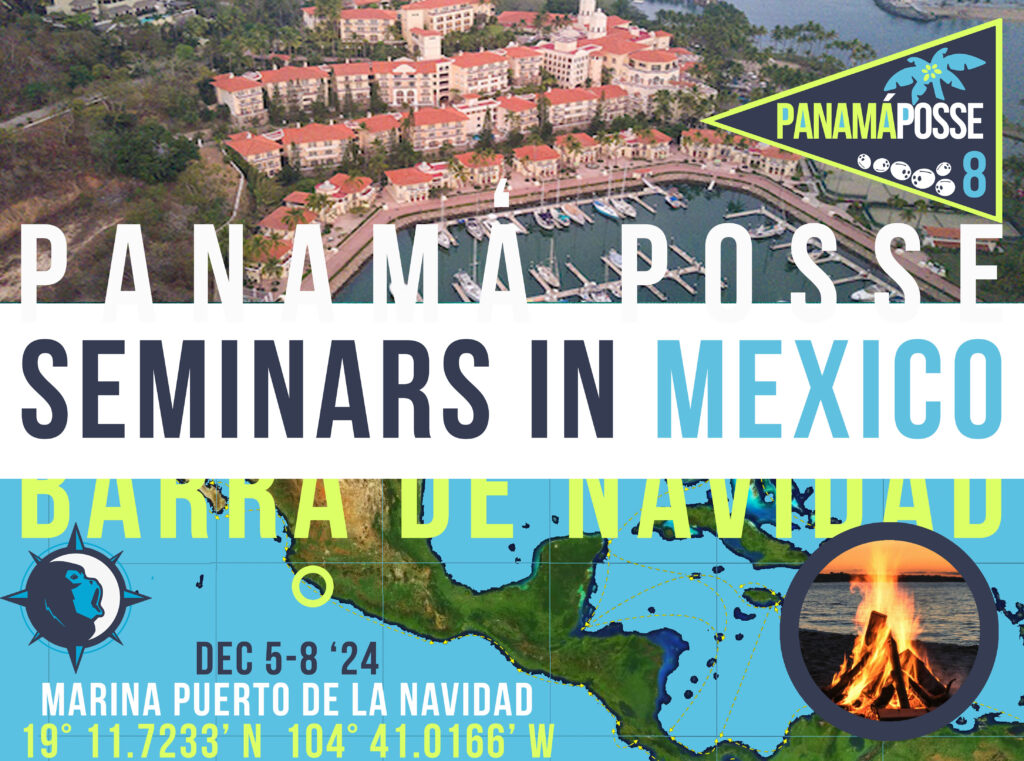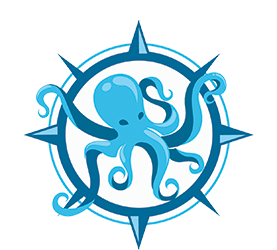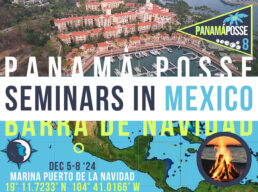24-25' PANAMA POSSE KICK OFF WEEKEND 🇲🇽 BARRA DE NAVIDAD, MEXICO
WHEN: December 4-8 2024
WHERE: Barra de Navidad, MX at the Marina Puerto de la Navidad
RSVP PLEASE AND CONTACT THE MARINA DIRECTLY TO RESERVE A SLIP
RSVP Some of these seminars are recorded and place them online for participants >>
Here are our tentative dates for our seminars in early December in Barra de Navidad, Mexico !
Wednesday December 4, 2024
1) 10:00 PANAMA POSSE INTRO AND OVERVIEW and Fleet Tracking
2) 13:00 ROUTE PLANNING & NAVIGATION
Thursday December 5, 2024
3) 10:00 DANGERS & SAFETY
4) 13:00 COMMUNICATIONS, WEATHER,
5) 17:00 PANAMA POSSE KICK OFF PARTY
Friday December 6, 2024
6) 13:00 SATELLITE CHARTS / OPEN CPN / GOOD NAUTICAL
7) 17:00 PANAMA POSSE OVER THE TOP POT LUCK RED CUP DOCK PARTY
-> details here on how to win the chef award ->
Saturday December 7, 2024
8) 10:00 AM Swapmeet
9 ) 13:00 PROVISIONING, WHAT TO SEE AND DO, RECAP, Q&A
SUNDAY December 8, 2024
10) SAIL TO TENECATITA BAY FOR A SUNDAY OF BEACH AND FUN
11) BONFIRE ON THE BEACH ⚓ 19° 17.975' N 104° 50.1316' W


